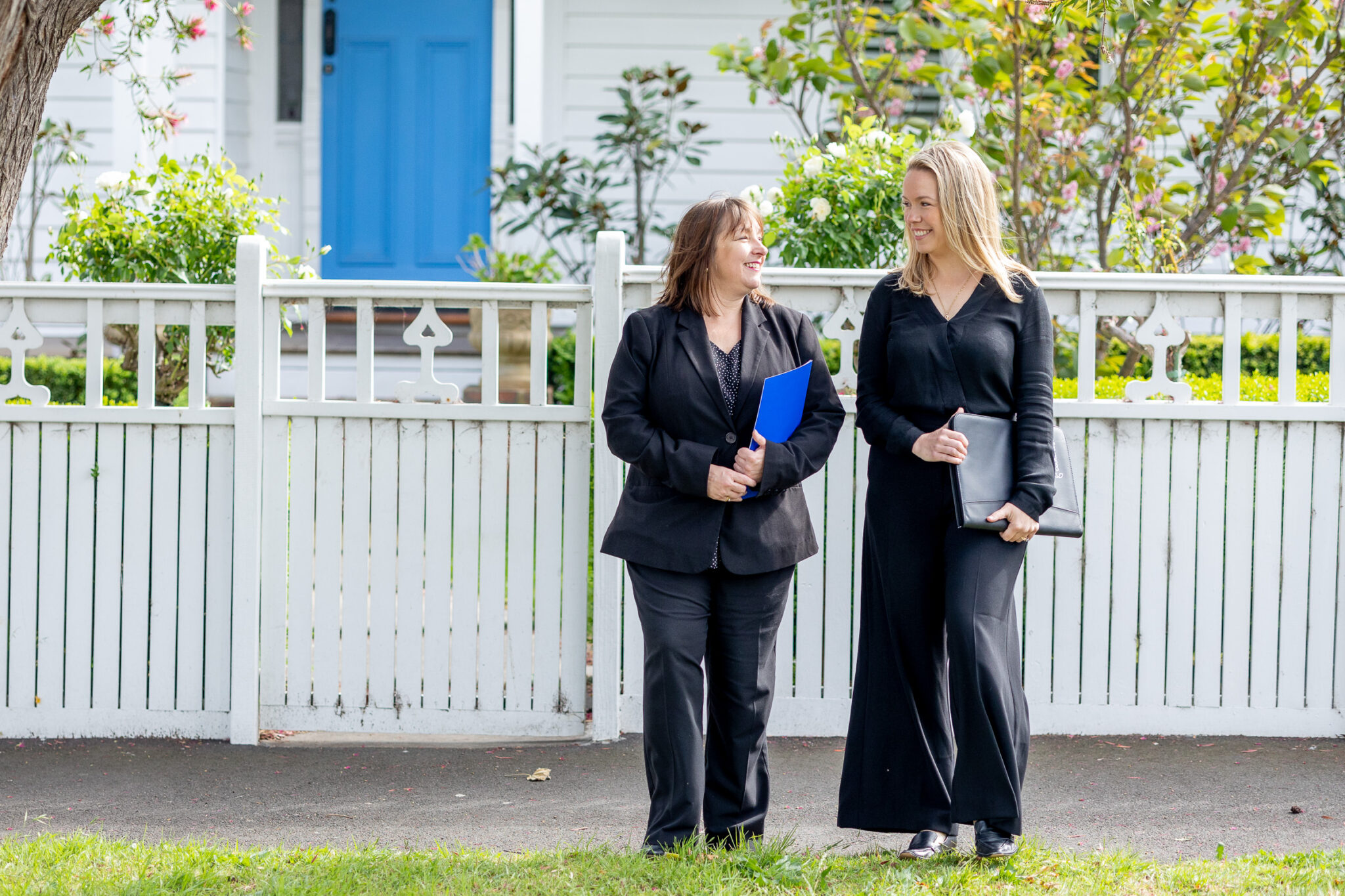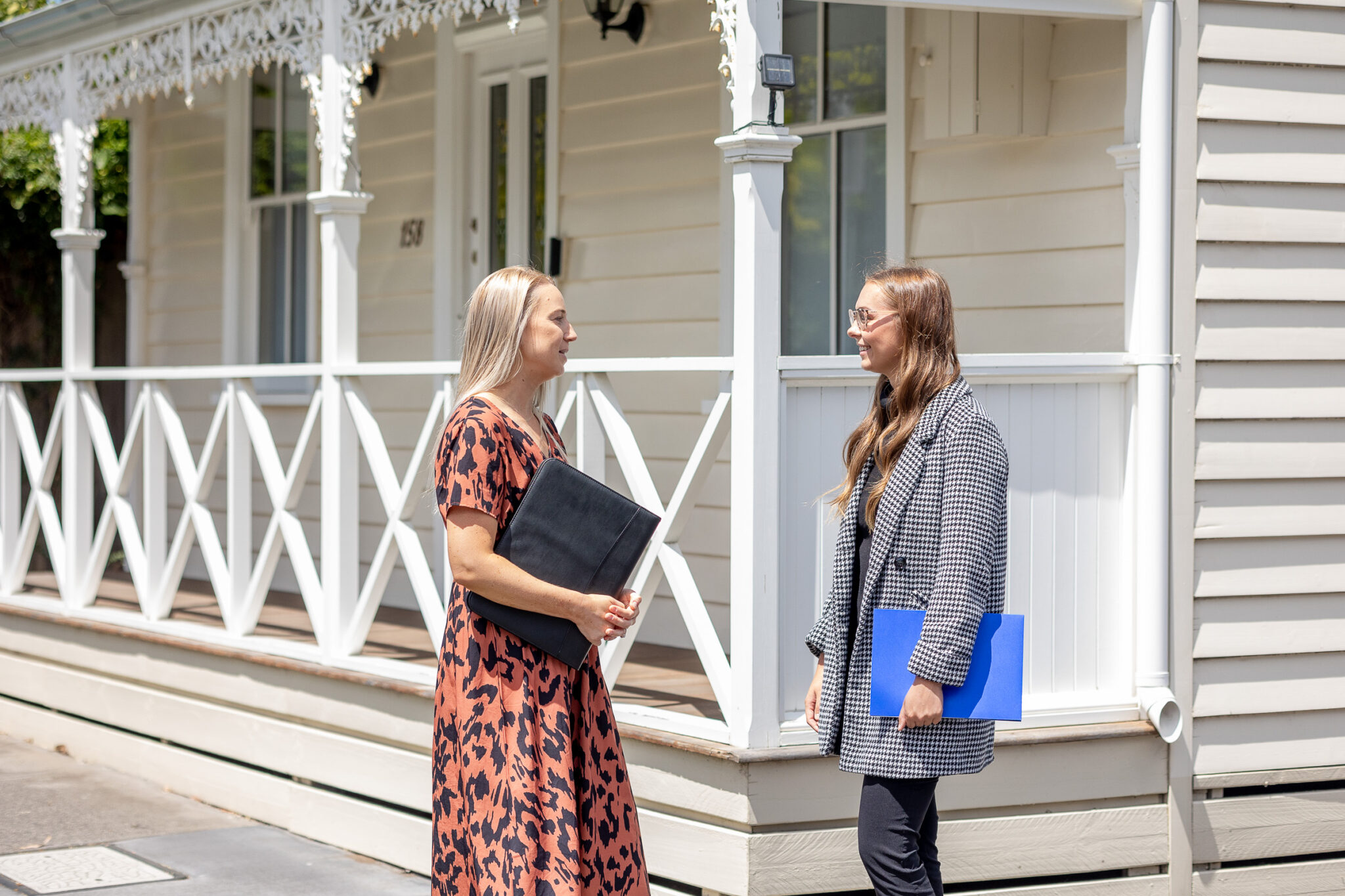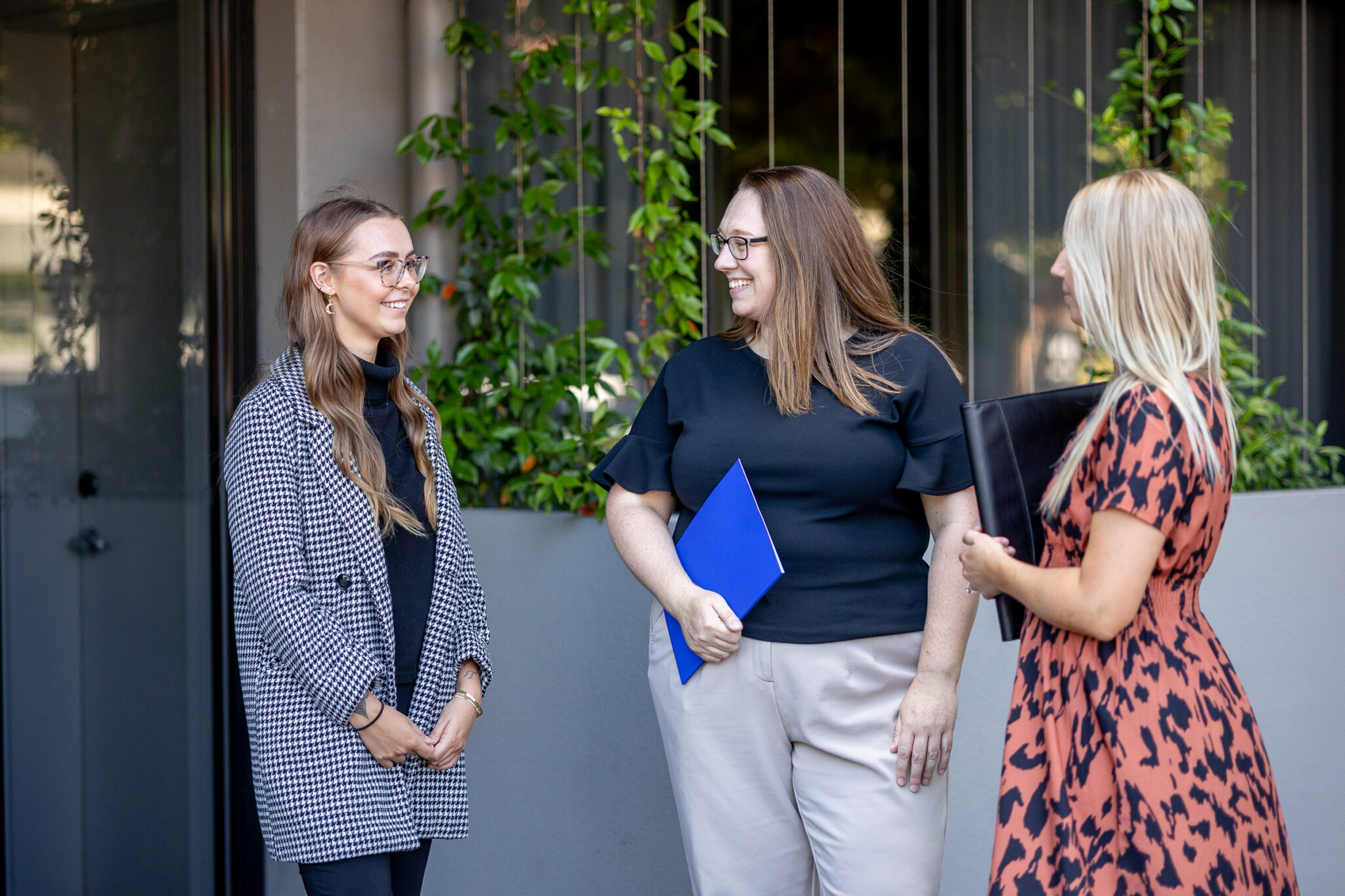When you own a property that forms part of an Owners Corporation, you automatically become a member of the Owners Corporation.
This means you also have ownership of, and the right to use the common property as set out in the plan of subdivision. Common property may include stairs, garden areas, driveways, walls, passages, lifts and other facilities set up for use by owners and occupiers.
An Owners Corporation is governed by a set of rules. These rules are for the control, management, use or enjoyment of the common property and lots. They are created to govern the day-to-day issues such as parking, pets and noise.
If an Owners Corporation does not make its own rules, a set of model rules as outlined in the Owners Corporation Regulations 2018 applies.
One of the responsibilities of the Owners Corporation is to manage, repair and maintain the common property.
Can I make alterations to common property?
An Owners Corporation must not make a significant alteration to the use or appearance of the common property unless the alteration is:
- first approved by a special resolution or is permitted by the maintenance plan; or
- it involves upgrading works for the common property that have been approved by the Owners Corporation by way of a special resolution; or
- there are reasonable grounds to believe that an immediate alteration is necessary to ensure safety or to prevent significant loss or damage, such as burst water pipe in common area and sewerage overflow.
What if the proposed changes are permanent changes to the plan of subdivision?
A unanimous resolution of the Owners Corporation is required to make permanent changes to the plan of subdivision.
Permanent changes to the plan of subdivision include:
- disposing of common property;
- altering lot boundaries;
- amending lot liability and entitlement.
The Owners Corporation has a responsibility to ensure that the proposed works do not breach the Owners Corporation rules. Accordingly, the Owners Corporation is required to ensure that the lot owner proposing to undertake the works obtain the appropriate council approvals and insurance before undertaking the proposed works.
Leasing or licensing the common property
The Owners Corporation may lease or licence the whole or part of the common property to a lot owner by a special resolution, which is a 75% vote in favour of the proposal, at a special general meeting (SGM),
If you intend to lease or licence the whole or part of the common property, the Owners Corporation must pass a special resolution. It is recommended that a proposed copy of the lease or licence agreement is submitted to the Owners Corporation in advance of the vote to give all lot owners a chance to review the terms and conditions which will apply if the special resolution is successful.
Convening Special General Meetings
Special general meetings can be convened by the Owners Corporation manager, chairperson or secretary, or a lot owner nominated by other lots owners who have at least 25% of the total lot entitlements. In order to convene a special general meeting, the following needs to occur:
- An agenda must be prepared;
- Notice of the meeting must be provided in writing to each lot owner at least 14 days before the SGM. The notice must include:
-
- The date, time and place of the SGM;
- The agenda for the SGM
- The text of any special resolution; and
- A statement that the lot owners has a right to appoint a proxy.
What happens if there is a dispute?
In circumstances where there is a complaint, or other grievance raised, the Owners Corporation Act 2006 (Vic) sets out a three step process to follow:
(a) Internal dispute resolution
Every Owners Corporation must have an internal dispute resolution process to help its members when dealing with grievances without resorting to legal action.
The Owners Corporation may develop its own rules for handling grievances. However, if it does not, the procedure in the model rules outlined in the Owners’ Corporation Regulations 2018 (Schedule 2) applies.
Under section 152 of the Act, a complaint may be made to the Owners Corporation if there has been a breach of the Owners Corporation rules. The complaint must be made in writing in the approved form.
In instances where the Owners Corporation decides not to take any action, it must provide the complainant with its reasons in writing.
If the Owners Corporation decides to take action, it must:
(i) give the person who the complaint is against the approved notice to rectify the breach informing them that they have 28 days to rectify the breach; and
(ii) give a copy of the notice to the lot owner if the complaint is against their tenant.
(b) Dispute resolution through the Dispute Settlement Centre of Victoria (“DSCV”)
If the complaint cannot be resolved using the Owners Corporation internal dispute resolution process, you may then seek advice through the DSCV. Whilst it is not compulsory to seek DSCV’s assistance before applying to VCAT, this is a quicker and cheaper method of resolving issues.
(c) Application to the Victorian Civil and Administrative Tribunal (“VCAT”).
If neither the Owners Corporation internal dispute resolution nor the DSCV can resolve the dispute, an application can be made to VCAT. Being part of an Owners Corporation comes with its own set of rules to understand. If you need any assistance regarding your rights as an Owners Corporation member, please contact the Property and Development team.












